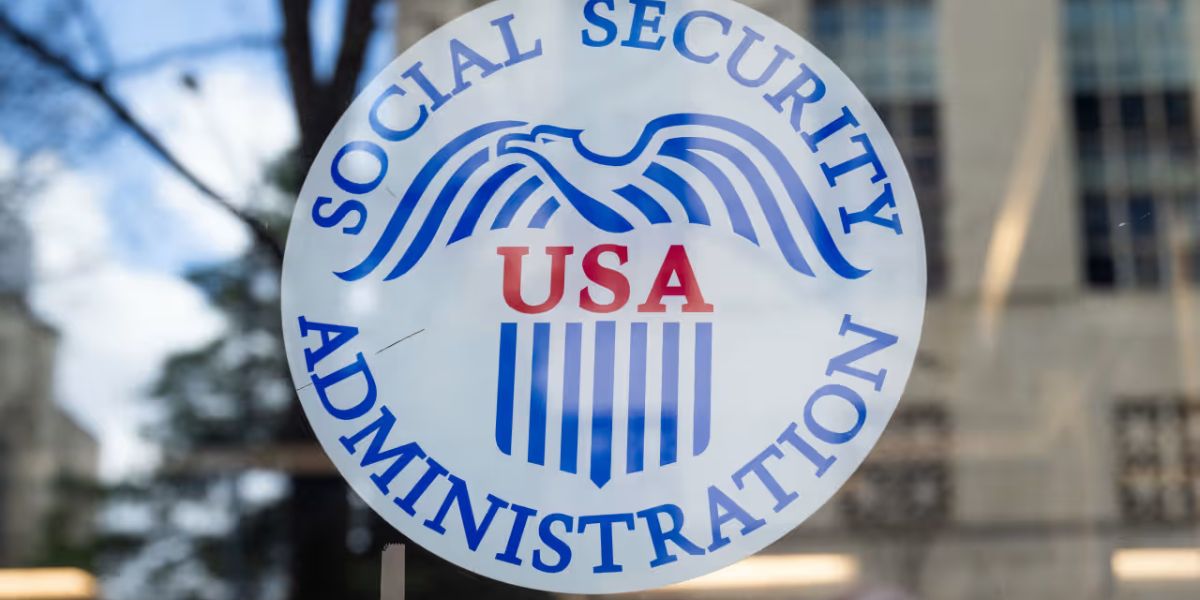Let’s be honest: Social Security benefits are a lifeline for millions of Americans, not just in retirement but also if you become disabled or lose a loved one.
But here’s the kicker — your benefits depend heavily on your earnings record with the Social Security Administration (SSA). Even small mistakes on that record can mean smaller checks down the road.
You might think this is something only folks close to retirement need to worry about. Nope. Errors can pop up at any time, and the earlier you catch them, the better.
Don’t stress — you’re definitely not alone if you haven’t looked at your earnings record yet. The good news? It’s easier than ever to check, and fixing errors can make a big difference in your future benefits.
Keep reading, and I’ll walk you through why your earnings record matters, how to check it, what to do if you find mistakes, and why staying on top of it regularly is a smart move.
What is Your Social Security Earnings Record — And Why it Matters?
Your earnings record is basically a yearly log of the money you’ve earned — or more specifically, the wages reported to SSA by your employers or yourself if you’re self-employed. The SSA uses this record to calculate your benefits.
If your record is missing earnings or has errors, your benefit checks could end up smaller than they should be. Even one missed year can hurt, so it’s worth knowing what’s in there.
How to Check Your Earnings Record?
You can check your record online anytime by creating a my Social Security account on the SSA website. This lets you see your reported earnings by year and an estimate of your future benefits.
If you prefer, you can also request a paper statement by submitting Form 7050-F4 to SSA. Just be patient — it can take up to 120 days to get your statement by mail.
Why Might Earnings Be Missing?
Sometimes your record isn’t perfect. Missing earnings can happen for a few reasons, such as:
- Your employer used the wrong name or Social Security number when reporting your wages.
- You changed your name due to marriage or divorce but didn’t update SSA.
- Your employer simply made a reporting mistake.
- You worked under someone else’s Social Security number (which can cause major headaches).
If your missing earnings are from last year or the current year, don’t worry — SSA may not have updated the info yet. Check back after August when earnings typically appear.
Read Also: 10 Career Habits That Increase Your Income More Than Any Certificate
How to Fix Errors in Your Earnings Record?
If you spot mistakes or missing earnings, don’t delay:
- Gather Proof of Your Earnings
This could be your W-2 forms, pay stubs, tax returns, or even offer letters and employment verification. The more proof you have, the better. - Contact the Social Security Administration
Call 1-800-772-1213 or visit your local SSA office. You can also request corrections online with your my Social Security account or mail in Form SSA-7008. - Submit Your Documentation
Send copies of your proof to support your claim. SSA takes time to verify, so the more detailed your evidence, the smoother the process. - Wait for the Correction
It can take anywhere from 10 to 90 days depending on complexity. SSA will send you a statement once your record is updated.
Read Also: EV Charger Tax Credit: Who Qualifies and How Much You Can Save?
Why You Should Regularly Monitor Your Earnings Record?
Don’t wait until retirement to check your Social Security earnings! Mistakes can hurt your disability, survivors, and retirement benefits alike.
Experts recommend reviewing your earnings record each August, when SSA updates the previous year’s data. Staying on top helps you catch errors early and maximize your benefits.
Remember, fixing errors isn’t a hassle-free process, but it’s worth it. Your future self will thank you.
Bottom Line
Checking and correcting your Social Security earnings record is one of the smartest financial moves you can make — no matter your age. Even small mistakes can cost you thousands in benefits over a lifetime.
Take some time to review your record this year, gather your documents, and fix any errors you find. It might feel overwhelming, but don’t let that stop you. One step at a time is all it takes.
This article was written by Loretta James. AI tools were used lightly for grammar and formatting, but the ideas, words, and edits are all mine.



